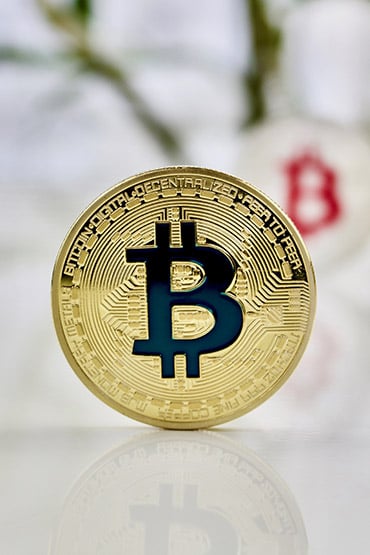-
The Czech National Bank (CNB) has purchased $1 million in bitcoin and other blockchain assets as part of a multi-year testing initiative.
-
The portfolio includes bitcoin, USD-backed stablecoins, and a tokenized deposit, all acquired through a regulated exchange.
-
The experiment aims to build hands-on experience with custody, security, compliance, and crisis-management processes.
-
The CNB says the project is not part of its official reserves — and won’t be expanded beyond testing.Legal and regulatory questions still block any near-term move to include bitcoin in formal reserves.
A Small Bitcoin Bet With a Larger Goal: Understanding the Future of Money
In a move that immediately drew attention across Europe’s financial circles, the Czech National Bank announced that it has purchased roughly $1 million worth of digital assets — primarily bitcoin — as part of a long-term experiment aimed at understanding how modern blockchain-based markets operate. For a traditionally conservative institution, it’s a cautious but meaningful step into territory most central banks still watch from a distance.
According to the CNB, this test portfolio isn’t just a symbolic gesture. Alongside bitcoin, it holds U.S. dollar stablecoins and a tokenized deposit, all acquired through a regulated exchange the bank didn’t publicly name. The collection will remain separate from official foreign-exchange reserves and won’t be expanded during the testing phase.
Testing the Entire Digital Asset Lifecycle — From Private Keys to Crisis Scenarios
Rather than dipping a toe into crypto markets, the CNB is effectively rehearsing how a modern central bank might one day handle tokenized assets. The bank plans to simulate everything from routine custody work to more complex risk situations.
Its internal test framework includes:
-
-
Setting up and managing private keys and secure storage systems
-
Multi-layer approval processes for transactions
-
Stress-testing crisis scenarios and recovery procedures
-
Evaluating security infrastructure
-
Ensuring compliance with anti-money-laundering standards
-
Running small transactions for research purposes
-
 In short, the bank aims to understand not just how digital assets move, but what operational demands they place on a central institution. The experiment will run two to three years before officials deliver a full assessment.
In short, the bank aims to understand not just how digital assets move, but what operational demands they place on a central institution. The experiment will run two to three years before officials deliver a full assessment.
Governor Aleš Michl, who first floated the idea earlier this year, said the financial world is shifting toward tokenization and instant settlement, and the central bank must be prepared. He described a future where everyday purchases and investment decisions — from buying coffee to tapping into tokenized government bonds — could be made within a single digital environment.
“As a central bank, we want to test this path,” Michl explained, underscoring that the experiment isn’t about speculation but preparation.
Despite the enthusiasm around this initiative, the CNB made it clear the test portfolio is not part of its official reserves. The bank left open the possibility of digital assets playing a role in reserve strategy someday, but emphasized that significant legal, regulatory, and structural barriers remain.
Its earlier suggestion of exploring bitcoin for reserves was met with skepticism, especially from the European Central Bank. ECB President Christine Lagarde previously stated she doesn’t see bitcoin becoming a reserve asset for EU member states anytime soon.
Although the Czech Republic doesn’t use the euro, it does participate in the European System of Central Banks — meaning ECB guidance still carries weight. Still, the CNB stressed that this test program complies with both Czech and EU rules because the purchases sit outside reserve management.
The bank also noted it could legally gain bitcoin exposure through exchange-traded funds but believes the asset’s relatively short history still makes such a move premature.
The Czech central bank’s pilot may be small in scale, but it’s a rare example of a European monetary authority actively experimenting with digital asset infrastructure rather than discussing it from afar. Whether the project leads to broader policy changes remains to be seen — but it signals that tokenization, digital payments, and blockchain-based financial instruments are increasingly difficult for central banks to ignore
